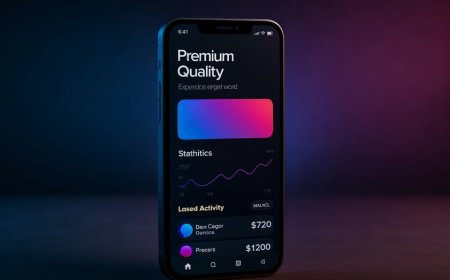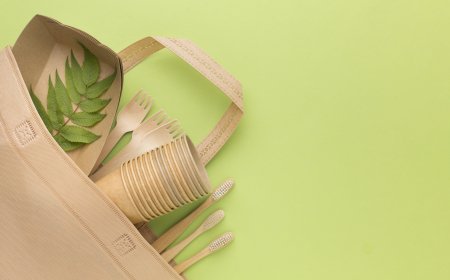Understanding the Sound Quality of Old Hindi LP Records

The sound of old Hindi LP records holds a special place in the hearts of music lovers. From the golden era of Bollywood in the 1950s to the soulful melodies of the 1980s, these long-play records were the primary way Indian audiences experienced music. But what exactly gives these vintage vinyl records their unique sound quality? In this blog, we will explore the factors that shape the sonic character of old Hindi LPs and why they continue to enchant listeners even today.
The Basics of LP Sound
LP stands for Long Play, a format introduced in the late 1940s. These records typically play at 33 1?3 revolutions per minute (RPM) and can hold up to 45 minutes of music. The audio is etched into grooves on the vinyl surface, and when played with a stylus on a turntable, the grooves create vibrations that are converted into sound.
What makes LPs special is that they store analog sound. Unlike digital formats, which use binary code to represent audio, analog captures the original sound wave in its pure form. This allows for a warmer, richer tone that many listeners describe as more natural and expressive.
Why Old Hindi LP Records Sound Different
Several elements contribute to the distinct sound of vintage Hindi LPs. First is the recording technology of the time. In the 1950s through the 1970s, studios in India used reel-to-reel tape machines and analog mixers. Songs were recorded in single takes with live orchestras, giving the music a dynamic, organic feel. There were no digital enhancements or auto-tunewhat you hear on the LP is a direct reflection of the artists real-time performance.
Second, the mastering process was entirely analog. Sound engineers had to manually adjust levels, equalize instruments, and cut the grooves onto lacquer discs. The result was a handcrafted audio experience with a unique character that modern digital mastering often lacks.
The Role of Pressing and Vinyl Quality
Not all LPs are created equal. The sound quality of a Hindi LP also depends on the pressing plant, the quality of the vinyl used, and the condition of the master tapes. In India, companies like The Gramophone Company of India (HMV) and Polydor were major producers of records. While some pressings were of high quality, others suffered from poor vinyl composition or rushed production, which could lead to surface noise or reduced fidelity.
Over time, wear and tear also affect how an LP sounds. Scratches, dust, and warping can introduce pops, crackles, and distortion. However, for many collectors, these imperfections add to the charm. They remind us that were listening to a piece of historya physical artifact that has lived through decades.
How Equipment Affects Sound
The turntable, cartridge, stylus, and speakers used to play a vinyl record play a critical role in sound quality. A high-quality setup will extract more detail, clarity, and depth from an LP. On the other hand, cheap or worn-out equipment can make the same record sound dull or noisy.
For those exploring Hindi LPs for the first time, investing in a reliable turntable with a good cartridge is essential. Cleaning the records and the stylus regularly also improves the listening experience.
Sound Signature of Hindi Film Music on LP
Hindi film music has a unique sound signature on LP. Large orchestras, traditional Indian instruments, and the fusion of classical, folk, and Western influences come through more vividly on vinyl. The analog format highlights the tonal textures of instruments like the sitar, tabla, harmonium, and violin, which can sometimes feel flat or compressed in digital formats.
Additionally, the emotional delivery of singers such as Mohammed Rafi, Lata Mangeshkar, Mukesh, and Asha Bhosle resonates more deeply on LP. Their voices are full-bodied and warm, giving the listener a sense of presence and intimacy thats hard to replicate in digital playback.
Preserving and Enjoying Old Hindi LPs
To enjoy these records for years to come, proper care is necessary. Store LPs vertically in cool, dry places. Always handle them by the edges to avoid fingerprints. Use anti-static brushes and cleaning solutions to remove dust before and after playing. A well-maintained LP can retain its audio quality for decades.
Digitizing rare LPs is also a good way to preserve them. Many collectors transfer their records to high-quality digital files for convenient listening while keeping the originals safe.
Conclusion
Old Hindi LP records are more than just music carriersthey are cultural treasures that reflect the artistry and emotion of Indias cinematic and musical history. Their sound quality, shaped by analog technology, manual craftsmanship, and authentic performances, continues to captivate listeners. Whether you're a seasoned collector or a curious beginner, exploring the world of Hindi vinyl offers a truly enriching audio experience. By understanding what makes these records sound unique, we can better appreciate the timeless magic they hold.




























